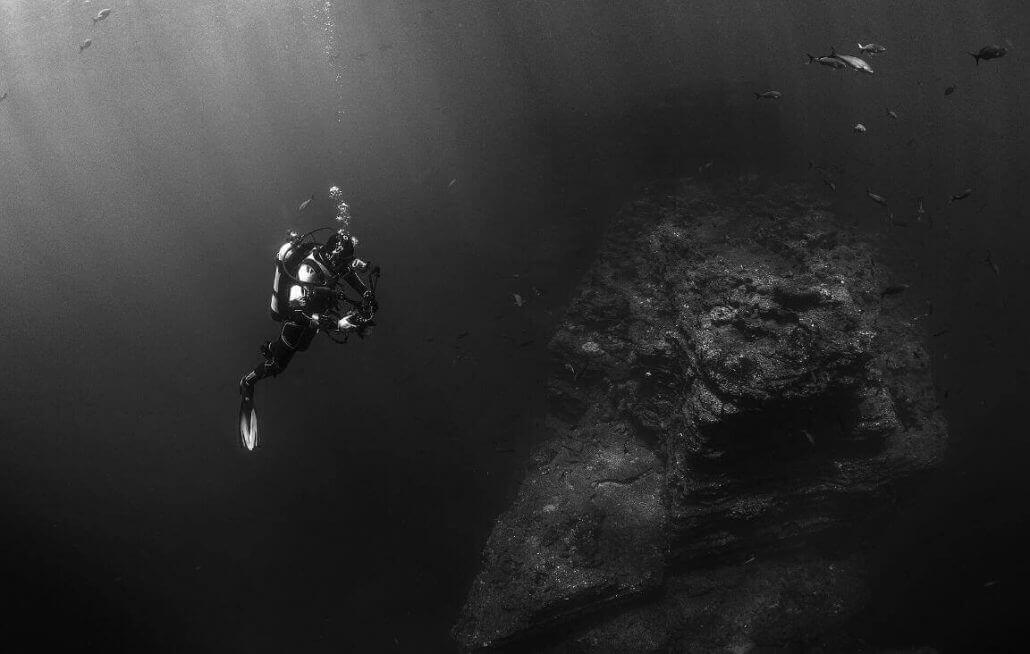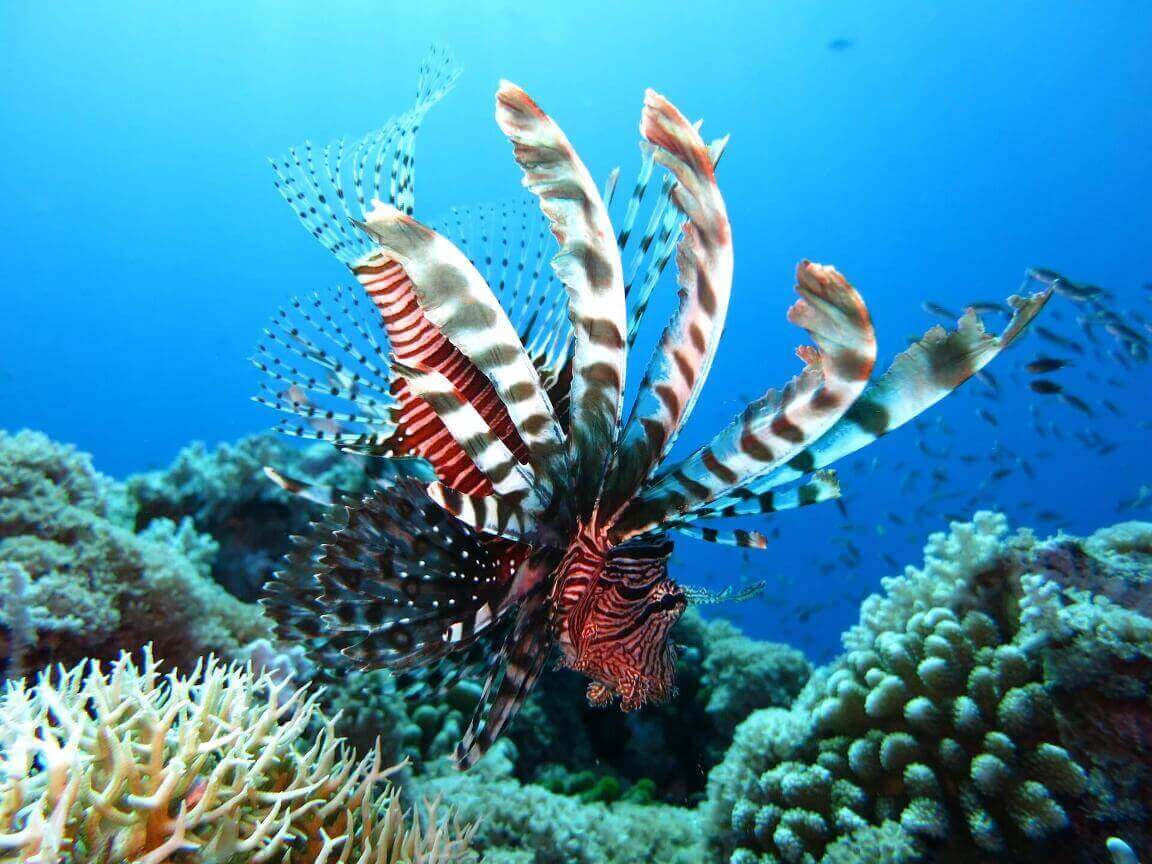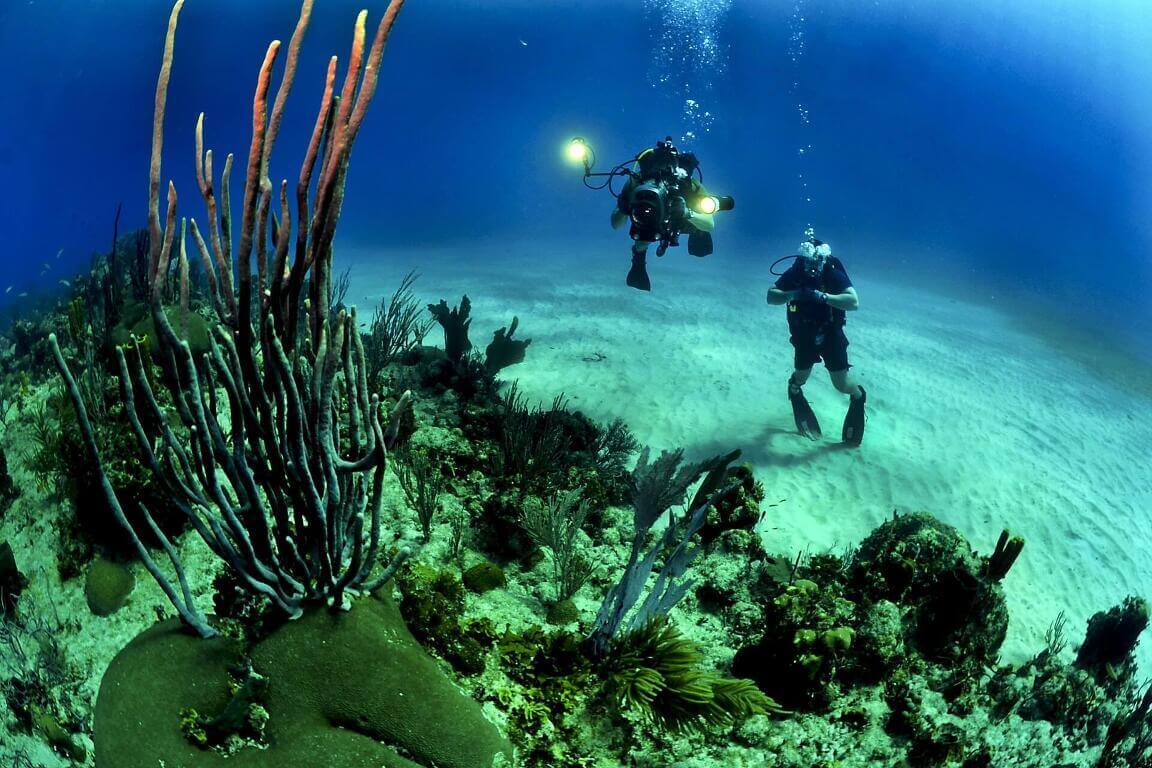
Underwater Photography – Tips and Tricks
If you enjoy diving, you might be thinking about taking a camera with you to get some memorable shots. Underwater photography is one of the most challenging types of photography. The photographer needs good body control to keep neutral buoyancy to keep from rising or sinking. Underwater photography also requires special equipment. In the following article we will show you what you need to be mindful of on your first photo dive.
Before Diving – Get the Right Camera
Before you get in the water, you need to decide what camera to get.

Firstly, you need to decide how often you will be taking underwater photos. If you only intend to take photos once a year, then you don’t need the most expensive gear. A disposable underwater camera is the cheapest version of an underwater camera. These cameras are great for holidaymakers who like to take a few pictures underwater while swimming in the sea. These devices are available for about CHF 20 and include a film with up to 28 pictures. The deeper you dive, the more difficult the challenge of taking a successful picture will be. From 5m, the red component in the light is reduced and from 15m the orange tones are also lost. The further you dive down, the higher the blue light component will be.

Sport divers who dive a little deeper will need better cameras. This is where digital cameras come into play. Compact digital cameras without a housing are waterproof down to 25m. In the compact class, a reasonable zoom and a large display are important as it is no longer possible to look through the viewfinder. When taking photos underwater it is important to get as close as possible to the subject otherwise it will not be very clear. The camera should have a white balance and a colour balance because of the light, which is predominantly blue. It is, however, possible to adjust the white/colour balance on a computer. The deeper you dive, the darker it gets. However, in calm, clear waters the sun's rays can reach deeper than in turbulent waters, where light conditions will become difficult from 5m. The technical demands on the cameras increase with depth. For dives below 10m you will need more light-sensitive lenses and photo sensors.
Underwater system cameras are the best solution to achieve good image quality. New models usually have a built-in LED light to compensate for the lack of light. There are hardly any waterproof camera models for deeper waters, but there are special waterproof housings. There is a huge variety of waterproof housing and it is worth taking the time to find a model that suits your needs. The depth at which you want to dive is the most important factor. If you already own a compact camera, system camera or DSLR, you can find out about waterproof housing for your camera on the internet or in a specialist shop. Recreational divers should look for a housing that works up to 40m as only technical divers descend to greater depths. Beginners, however, should never dive more than 20m.
Underwater Photography - Subject and Exposure

Subjects should be photographed as close as possible to horizontal. Most animals don't look great when photographed from above. It is best to shoot up close, therefore, a wide-angle lens is also recommended. Without a wide-angle lens, you are too far away from the subject for a flash to work. It is best to shoot underwater in the manual setting. In low light conditions, for example, the light sensitivity must be set to 200 to 800. Caution: if the ISO value is too high then the image will be noisy. In addition, the shutter speed should be adjusted. For longer exposure times you will need to make sure to hold the camera still. However, with a little practice you will be able to get blur-free pictures in no time at all. When using a flash, new challenges arise. On compact cameras the flash is usually mounted close to the lens. Floating particles in front of the lens are reflected and appear like snow flurries in the pictures. External flashes that are connected to the camera via arms are better. Variable settings can achieve better lighting conditions in the subject.
Post Production - Cleaning and Image Processing
After the dive, there are a few things to keep in mind. Real underwater cameras should be rinsed with fresh water after being used in salty water as soon as possible after diving so that the small salt crystals do not end up scratching the display or lens. The underwater housings should also be rinsed out. In addition, they should never be opened directly after the dive to prevent water from getting into the electronics. Rinse first and then leave to dry.

Conclusion
Beginners don't know exactly how much they will enjoy underwater photography. Therefore, for many people it is not worth buying expensive equipment right at the beginning. There are now relatively inexpensive underwater cameras however, they cannot compete with system or SLR cameras in terms of image quality. In this respect, everyone must decide for themselves what their expectations are when it comes to underwater pictures.
